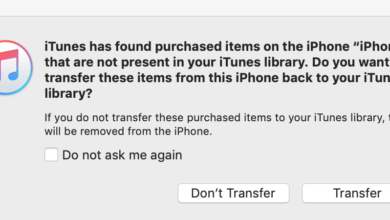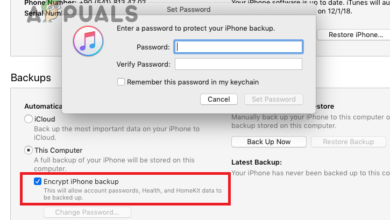Fix: Secure Link to iTunes Store Failed
Your iTunes application may fail to establish a secure link to the server due to a corrupt Winsock catalog. Moreover, the corrupt installation of Bonjour, QuickTime, or iTunes may also cause the error under discussion.
The user encounters the error when he runs diagnostics of iTunes (because it is not connecting to the server). In some cases, users encountered the issue after prolonged usage, whereas in other cases, users encountered the issue just after installing iTunes.
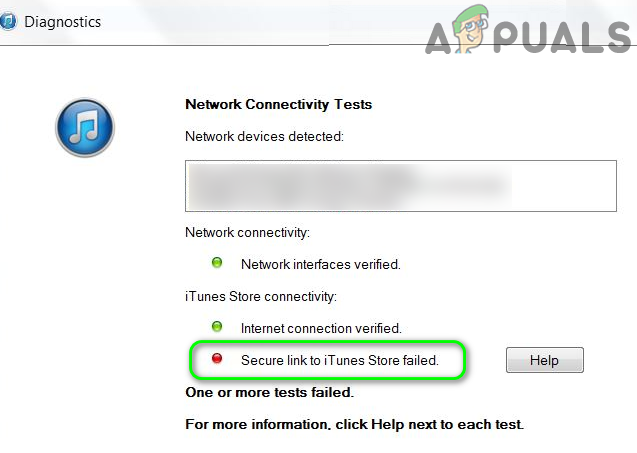
Before moving on with the solutions, check the Apple system status page for any service outage. Moreover, restart your system and networking equipment.
Solution 1: Update Windows of Your System to the Latest Build
Microsoft updates Windows regularly to improve performance and satiate the ever-evolving technological advancements. You may encounter the error at hand if you are using an outdated version of your OS. In this context, updating the Windows of your system to the latest build may solve the problem.
- Update Windows of your system to the latest build.
- Then check if the problem is solved.
Solution 2: Update the iOS of Your Apple Device to the Latest Build
Apple updates iOS to improve performance and cater to new features. You may encounter the error at hand if your Apple device is not using the updated version of iOS. In this context, updating iOS of your Apple device to the latest build may solve the problem. For elucidation, we will discuss the process for an iPhone.
- Start charging your iPhone and connect to a Wi-Fi network.
- Now open Settings of your phone and then tap on your name.
- Now tap on iCloud and then iCloud Backup.
- Then press on the Backup Now button.
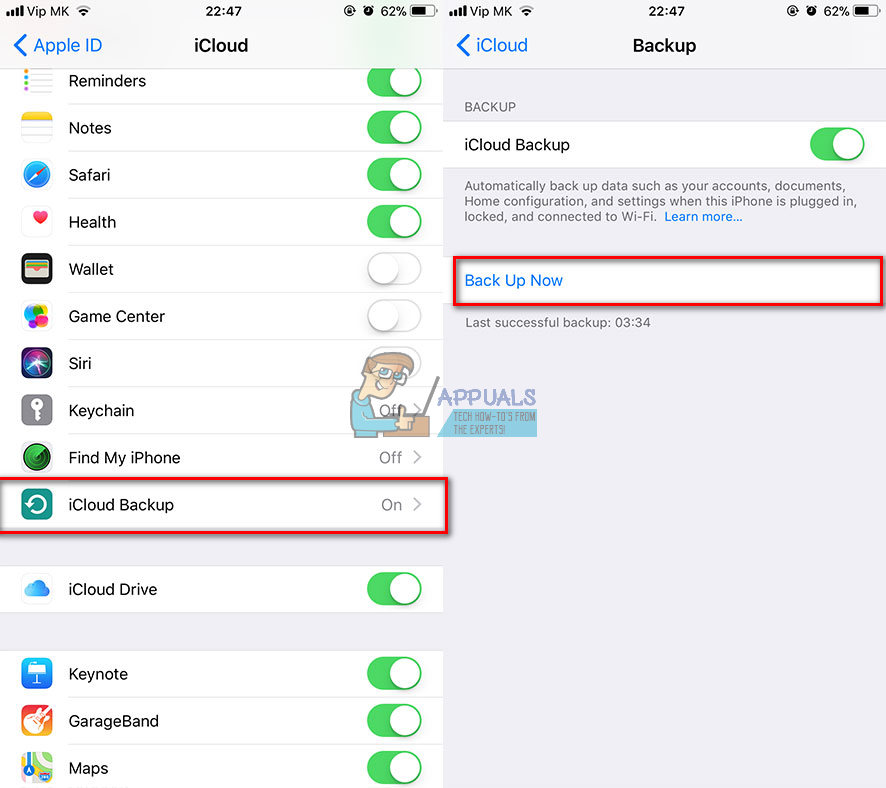
iCloud Backup - Now, wait for the completion of the backup process.
- After completion of the backup process, open the Settings of your phone.
- Now tap on General and then tap on Software Update.
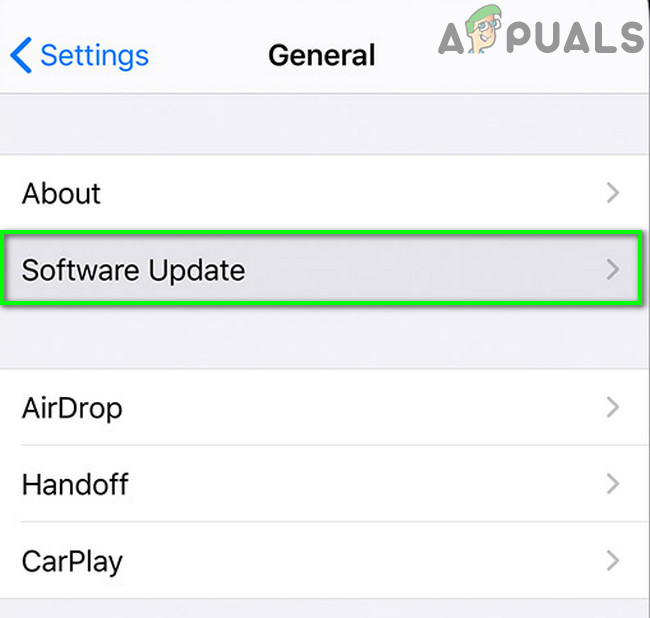
Tap on Software Update - Then download and install the update of your iOS device (if one is available).
- After updating the iOS of your device to the latest build, check if the iTunes error has been resolved.
Solution 3: Disable Your VPN Client
The use of a VPN client for online safety and privacy is a common norm in the IT industry. But sometimes these VPN clients can break-up the operation of a legitimate application. The same could be the reason for the current iTunes issue. In this context, disabling your VPN client may solve the problem.
- Exit iTunes on your system and kill all of its related processes through the Task Manager.
- Now disable and then exit your VPN client. Make sure no VPN-related process is running in the Task Manager.
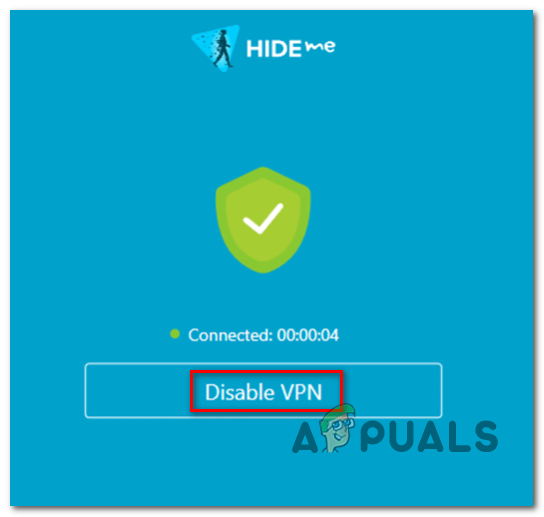
Disabling the VPN client - Then launch iTunes and check if the secure link issue is resolved.
Solution 4: Correct Date and Time of Your Devices
The correct date and time of your system are essential for the different system functions. You may encounter the error at hand if the date and time of your system/device are not correct and iTunes cannot validate the timestamp of the computer. In this case, correcting the date and time of your devices may solve the problem. For illustration, we will discuss the process for an iPhone and a Windows PC.
- Close iTunes.
- Open Settings of your phone and then tap on General.
- Now tap on Date & Time and then disable Set Automatic.
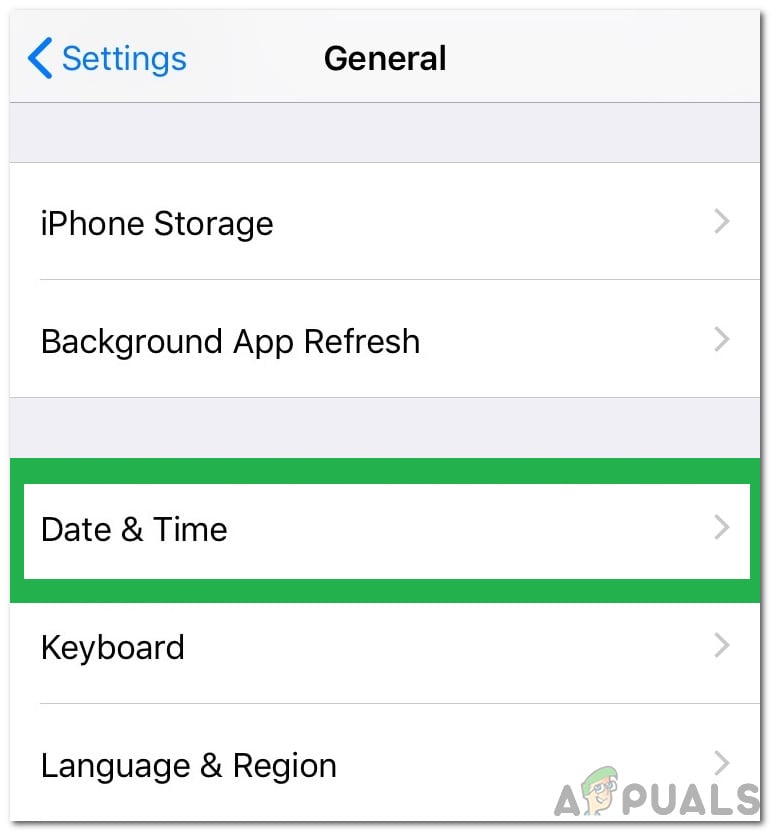
Clicking on “General” and selecting “Date & Time” - Then adjust the date and time as per your area. Also, make sure that the time zone is set properly.
- On your Windows PC, right-click on the clock in your system tray and select Adjust Date/Time.

Adjusting date/time - Now disable Set Time Automatically.
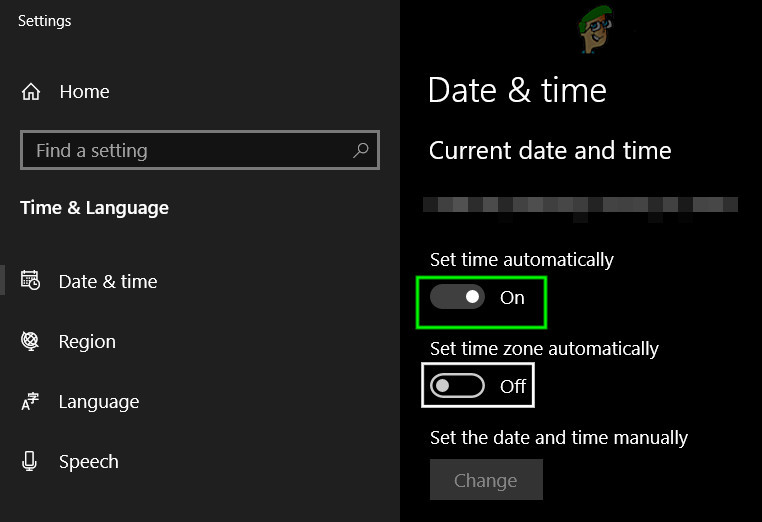
Turn off Set Time Automatically - Then adjust the date and time as per your area. Also, make sure the time zone is set properly and matches with the time zone of your iPhone.
- Now launch iTunes and check if it is clear of the secure link error.
Solution 5: Allow the Apple-Related Processes Through the Firewall of Your System
Your firewall application is one of the key components in the safety/security of your data and system. However, you may encounter the error under discussion if the firewall of your system is blocking web communications of Apple-related processes/iTunes. In this context, either temporarily disabling your firewall or allowing the Apple-related processes/iTunes to access the internet may solve the problem.
Warning: Proceed at your own risk as changing settings or allowing applications through your firewall/antivirus may expose your system to threats like viruses, trojans, etc.
- Temporarily disable the firewall of your system. If your security software/ antivirus is using its built-in firewall, then turn off your antivirus You can also opt to add exclusions for the Apple-related products in the settings of your firewall/antivirus. Also, make sure YSloader.exe is not blocked by the antivirus/firewall of your system. Additionally, disable the built-in firewall of the router (if available).
- When adding exclusions to your firewall/antivirus settings, add the iTunes application and following two folders:
C:\Program Files (x86)\Common Files\Apple C:\Program Files\Common Files\Apple
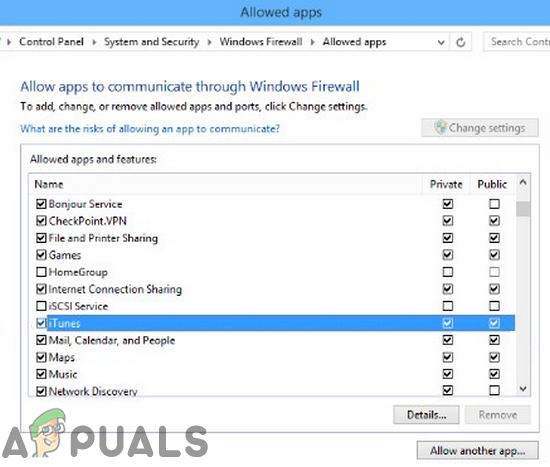
Allow iTunes Through Your Firewall - Then launch iTunes and check if it is clear of the error.
Solution 6: Reset the Winsock Catalog
Winsock is the interface responsible for the handling of input/output requests for the internet. You may encounter the error at hand if the Winsock catalog is corrupt or not tending to requests by iTunes. In this scenario, resetting the Winsock may solve the problem.
- Exit iTunes and make sure no Apple-related process is running in the Task Manager.
- Type Command Prompt on the Windows Search box (on the Taskbar of your system) and in the list of results, right-click on Command Prompt and click on Run as Administrator.
- Now type the following command one by one and press the Enter key after each one:
ipconfig /release ipconfig /renew netsh winsock reset
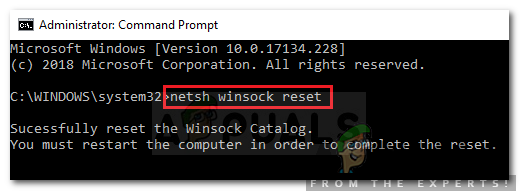
Resetting WinSock - Now restart your system. Upon restart, if you get a prompt to remap LSP, click on No.
- Then launch iTunes and check if it is operating fine.
Solution 7: Disable/Uninstall Conflicting Applications
In a Windows environment, applications co-exist and share the system resources. You may get the error at hand if an essential resource for the operation of iTunes is blocked by any of 3rd party applications. In this scenario, disabling/uninstalling conflicting applications may solve the problem.
- Clean boot your Windows PC. The applications that are interfering with internet communication of your system could be the cause of the issue. Netintelligence and Speedbit Video Accelerator are known to create the current iTunes issue. You should either disable these applications or uninstall them.
- After getting rid of the problematic applications. Launch iTunes and check if the issue is resolved.
Solution 8: Repair the QuickTime Installation
Quick time is the player developed by Apple and is used by many Windows users (although no more officially supported). However, a corrupt installation of QuickTime player may break the operation of iTunes. In this case, repairing the installation of QuickTime player may solve the problem.
- Type Control Panel in the Windows Search box and then click on Control Panel.

Open Control Panel - Then open Uninstall a Program.
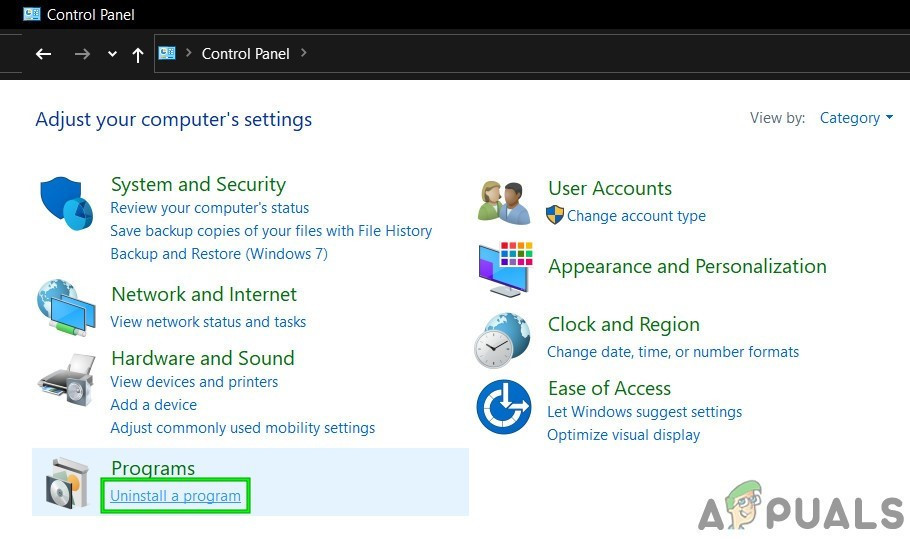
Click Uninstall a Program in Control Panel - Now select QuickTime and then click on the Repair button.
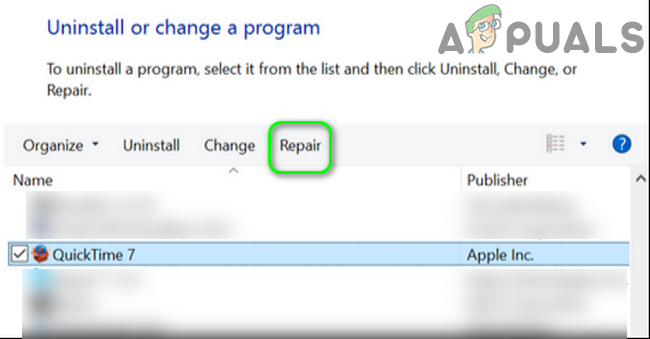
Repair QuickTime Installation - After completing the repairing of QuickTime, restart your system.
- Upon restart, check if iTunes is clear of the secure link error.
Solution 9: Uninstall the Bonjour Application
Bonjour in an Apple application used as zero-configuration networking. But in some cases, it created hindrance in the operation of iTunes. The same could be the reason for the current secure link issue. In this context, uninstalling the Bonjour application may solve the problem.
- Exit iTunes.
- Right-click on the Windows button and in the menu displayed, click on the Task Manager.
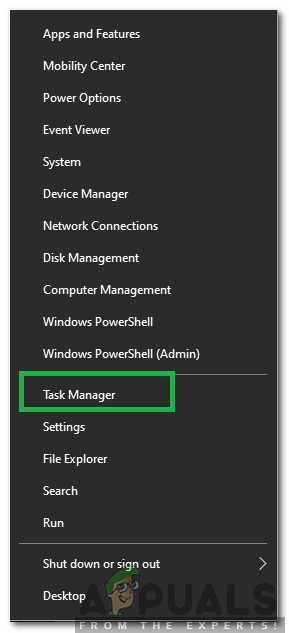
Selecting Task Manager after pressing Windows + X - Then navigate to the Services tab
- Now right-click the Bonjour service and then click on Restart.
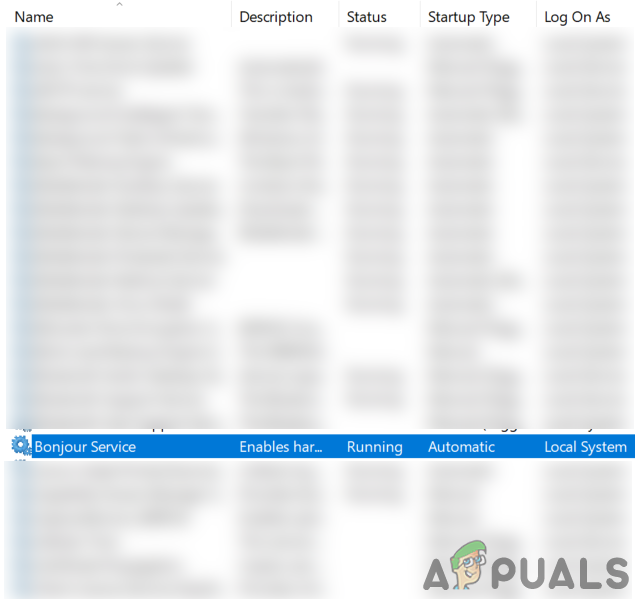
Restart Bonjour Service - Then launch iTunes and check if the secure link issue is resolved.
- If not, then right-click on the Windows button and in the menu shown, click on Settings.
- Then click on Apps.
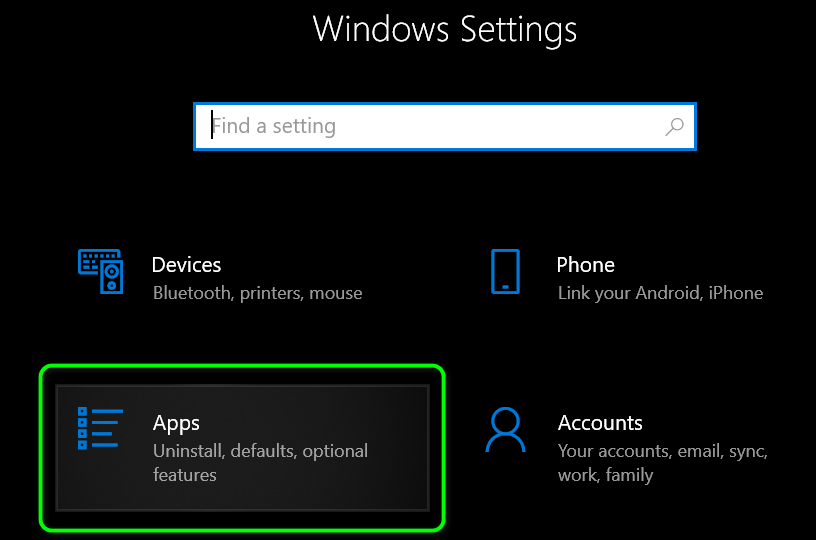
Open Apps in Windows Settings - Now click on Bonjour and then click on Uninstall.
- Now follow the prompts on your screen to uninstall Bonjour and then restart your system.
- Upon restart, check if iTunes is clear of the secure link error.
Solution 10: Run the SFC Command to Repair Corrupt Windows Files
You may encounter the error at hand if the essential OS files are corrupt. In this context, using the built-in SFC utility to repair the corrupt system files may solve the problem.
- Perform an SFC scan.
- After completion of the SFC scan, launch iTunes and check if it is operating fine.
Solution 11: Repair the iTunes Installation
You may encounter the error at hand if the installation of iTunes is corrupt. This can only be remedied by a repair on the installation. For illustration, we will discuss the process for a Windows PC.
- Right-click on the Windows button and in the menu shown, click on Settings.
- Then click on Apps.
- Now click on iTunes and then click on Advanced Options.
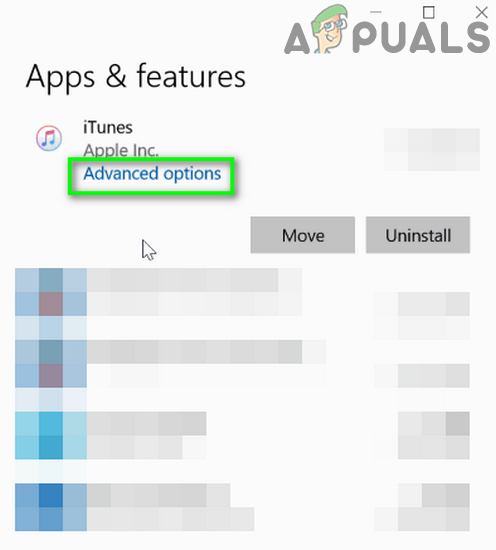
Open Advanced Options of iTunes in Windows Settings - Then scroll down and click on the Repair button.
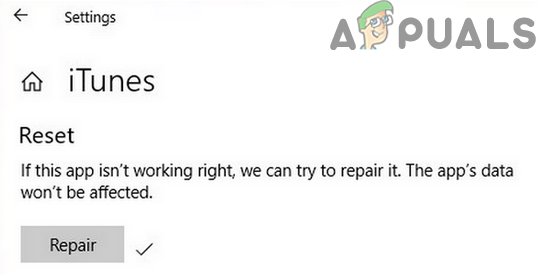
Repair the iTunes Installation - After repairing the iTunes installation, check if the secure link issue is resolved.
Solution 12: Reinstall iTunes
If nothing has helped you so far, then it seems that the secure link issue is caused by the corrupt installation of iTunes, and repairing the installation did not solve the problem. In this context, reinstalling iTunes may solve the problem.
- Exit iTunes and kill all of its related processes through the Task Manager.
- Then move the contents of the iTunes backup directory or any other data that you want to back up to a safe place. Usually, the directory is located at:
%APPDATA%\Apple Computer\MobileSync
- Right-click on the Windows button and in the quick access menu, click on Settings.
- Then open Apps.
- Now click on iTunes and then click on Uninstall.
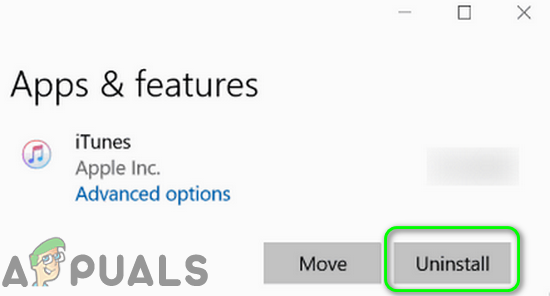
Uninstall iTunes - Now follow the prompts on your screen to complete the uninstallation of iTunes and then restart your system.
- Then uninstall the following applications in the below order:
Apple Software Update Apple Mobile Device Support Bonjour Apple Application Support 32-bit Apple Application Support 64-bit
- After uninstalling these applications, restart your system.
- Upon restart, launch the Run command box (by pressing Windows + R keys) and open the folder of Programs Folder by executing the following command:
%programfiles%
- Now delete the following folders (if present):
iTunes Bonjour iPod
- Now open the Common folder in Program Files and then delete the following folders (if present):
Mobile Device Support Apple Application Support CoreFP
- Now open the following folder:
%ProgramFiles(x86)%
- Then delete the following folders (if applicable):
iTunes Bonjour iPod
- Now open the Common folder in Programs Files (X86) and then delete the Apple folder.
- Then delete the following folder in the Common folder (if applicable):
Mobile Device Support Apple Application Support CoreFP
- Now clear the recycle bin of your system and then restart your system.
- Upon restart, make sure there is no Apple product installed on your system. Moreover, clear the registry entries regarding iTunes and other Apple products.
- Then install iTunes and hopefully, the secure link issue is resolved.




